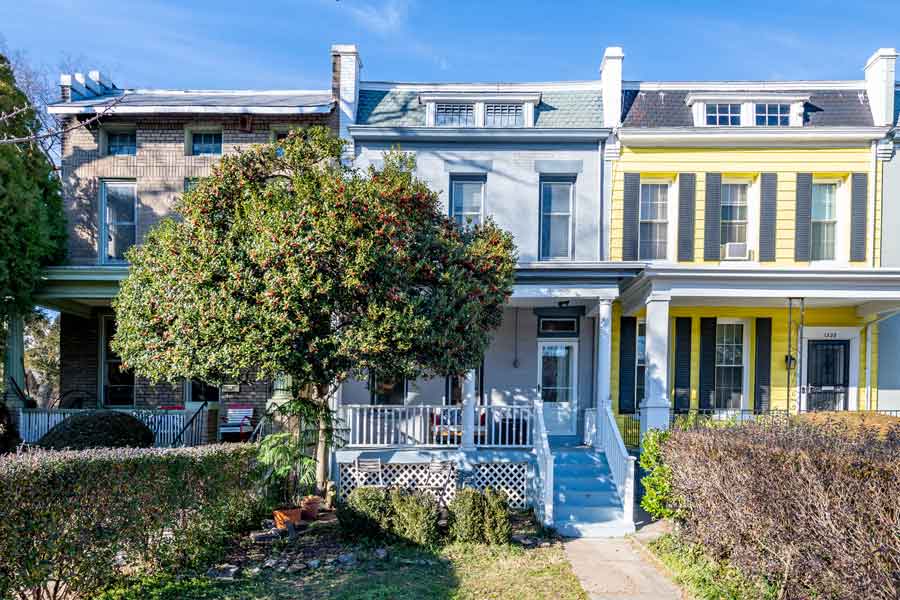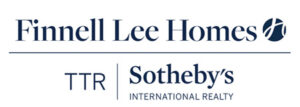Capitol Hill
As one of the city’s most popular neighborhoods, Capitol Hill has a little bit of everything to offer its residents.
About
Capitol Hill may be home to some of Washington, D.C.’s most iconic buildings, but residents recognize the historic neighborhood as a close-knit community. Locals don’t need to leave their stomping grounds to enjoy a range of fantastic restaurants and shopping opportunities.
Boasting the largest residential historic district in the city, Capitol Hill has a storied past; it was named in 1793 by Thomas Jefferson (who was George Washington’s Secretary of State at the time). In its early history as a boarding house community, the neighborhood’s original residents were members of Congress. The population grew with the Washington Navy Yard’s establishment in 1799, as craftsmen joined the developing neighborhood. Nearly a century later, Capitol Hill saw increased housing demand due to its modern conveniences—namely plumbing, electricity, and piped water. The region’s notable landmarks include the United States Capitol, the Library of Congress, and the Supreme Court building.
The majority of the neighborhood is comprised of charming rowhouses on residential streets. The turn-of-the-century homes can be found in abundance, along with a variety of other housing options. New condos offer contemporary conveniences, many in a modernist style. The rhythm of life along the neighborhood’s streets is relaxed, providing a welcome contrast to other areas of the city.
Amenities
Residents of all ages enjoy being in close proximity to Eastern Market; the famous marketplace is also the perfect place for stocking up on weekly groceries. Eastern Market also hosts a popular flea market and booths with local artisan’s work. For dozens of stores selling brand-name goods, the mall attached to the nearby Union Station is a one-stop destination. Barrack’s Row, the oldest commercial district in DC, is the place for oyster houses and innovative restaurants. Among the greatest advantages of the neighborhood is its proximity to outdoor spaces. Over 50 small parks populate the area, giving residents plenty of spots to enjoy nature. Garfield Park is a local favorite due to its playground and multiple courts for tennis, basketball, and bocce.
Transportation
Two Metro stations make quick transportation effortless; both the Capitol South Station and Eastern Market Station serve the Orange, Silver, and Blue Lines. The majority of commute times in Capitol Hill are less than half those of the surrounding area. The DC Circulator is a popular means of public transportation. The neighborhood’s multiple Capital Bikeshare stations provide a convenient and affordable way to get around the city. With its variety of amenities in close proximity, Capitol Hill is considered a highly walkable neighborhood.

About
Capitol Hill may be home to some of Washington, D.C.’s most iconic buildings, but residents recognize the historic neighborhood as a close-knit community. Locals don’t need to leave their stomping grounds to enjoy a range of fantastic restaurants and shopping opportunities.
Boasting the largest residential historic district in the city, Capitol Hill has a storied past; it was named in 1793 by Thomas Jefferson (who was George Washington’s Secretary of State at the time). In its early history as a boarding house community, the neighborhood’s original residents were members of Congress. The population grew with the Washington Navy Yard’s establishment in 1799, as craftsmen joined the developing neighborhood. Nearly a century later, Capitol Hill saw increased housing demand due to its modern conveniences—namely plumbing, electricity, and piped water. The region’s notable landmarks include the United States Capitol, the Library of Congress, and the Supreme Court building.
The majority of the neighborhood is comprised of charming rowhouses on residential streets. The turn-of-the-century homes can be found in abundance, along with a variety of other housing options. New condos offer contemporary conveniences, many in a modernist style. The rhythm of life along the neighborhood’s streets is relaxed, providing a welcome contrast to other areas of the city.
Amenities
Residents of all ages enjoy being in close proximity to Eastern Market; the famous marketplace is also the perfect place for stocking up on weekly groceries. Eastern Market also hosts a popular flea market and booths with local artisan’s work. For dozens of stores selling brand-name goods, the mall attached to the nearby Union Station is a one-stop destination. Barrack’s Row, the oldest commercial district in DC, is the place for oyster houses and innovative restaurants. Among the greatest advantages of the neighborhood is its proximity to outdoor spaces. Over 50 small parks populate the area, giving residents plenty of spots to enjoy nature. Garfield Park is a local favorite due to its playground and multiple courts for tennis, basketball, and bocce.
Transportation
Two Metro stations make quick transportation effortless; both the Capitol South Station and Eastern Market Station serve the Orange, Silver, and Blue Lines. The majority of commute times in Capitol Hill are less than half those of the surrounding area. The DC Circulator is a popular means of public transportation. The neighborhood’s multiple Capital Bikeshare stations provide a convenient and affordable way to get around the city. With its variety of amenities in close proximity, Capitol Hill is considered a highly walkable neighborhood.


